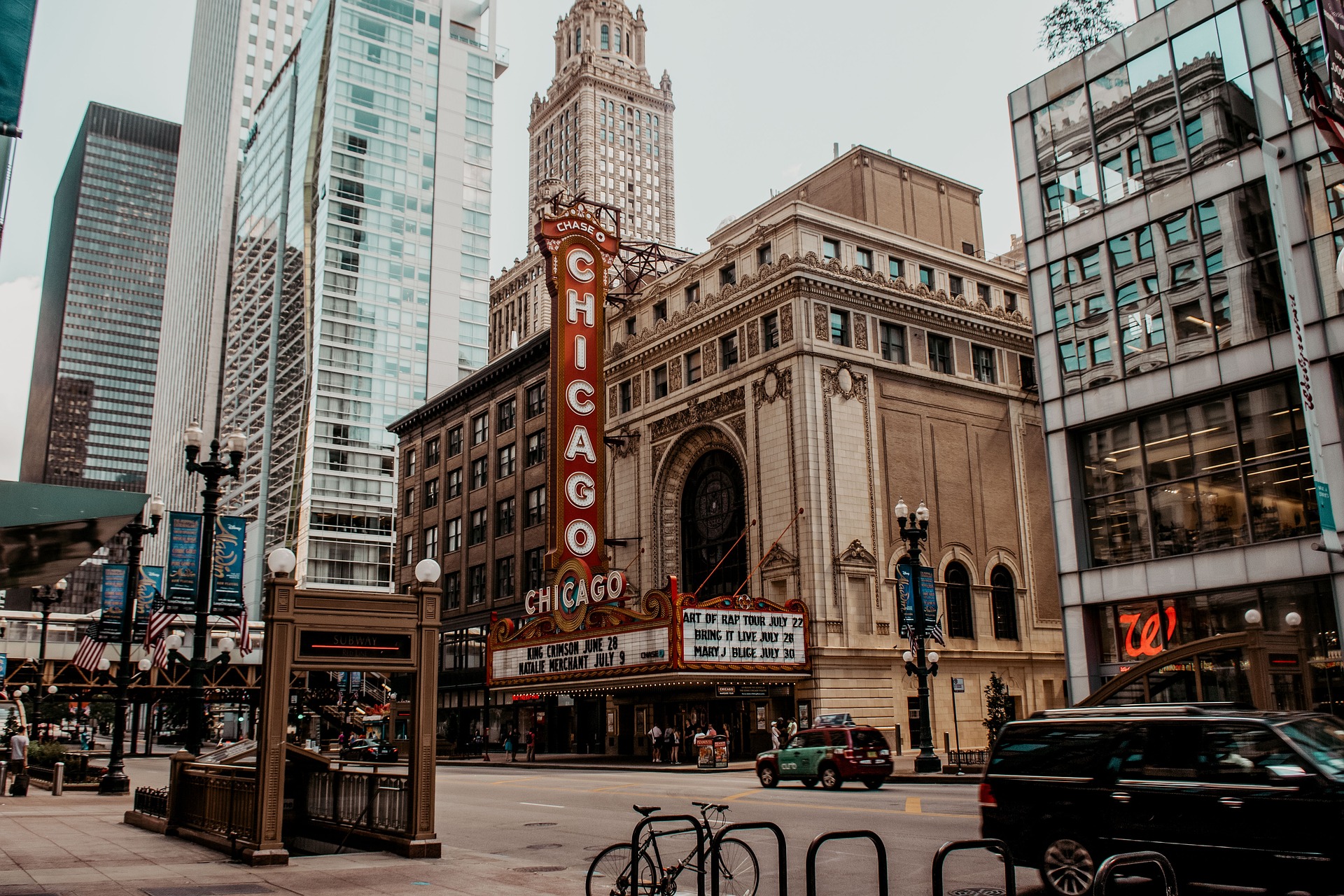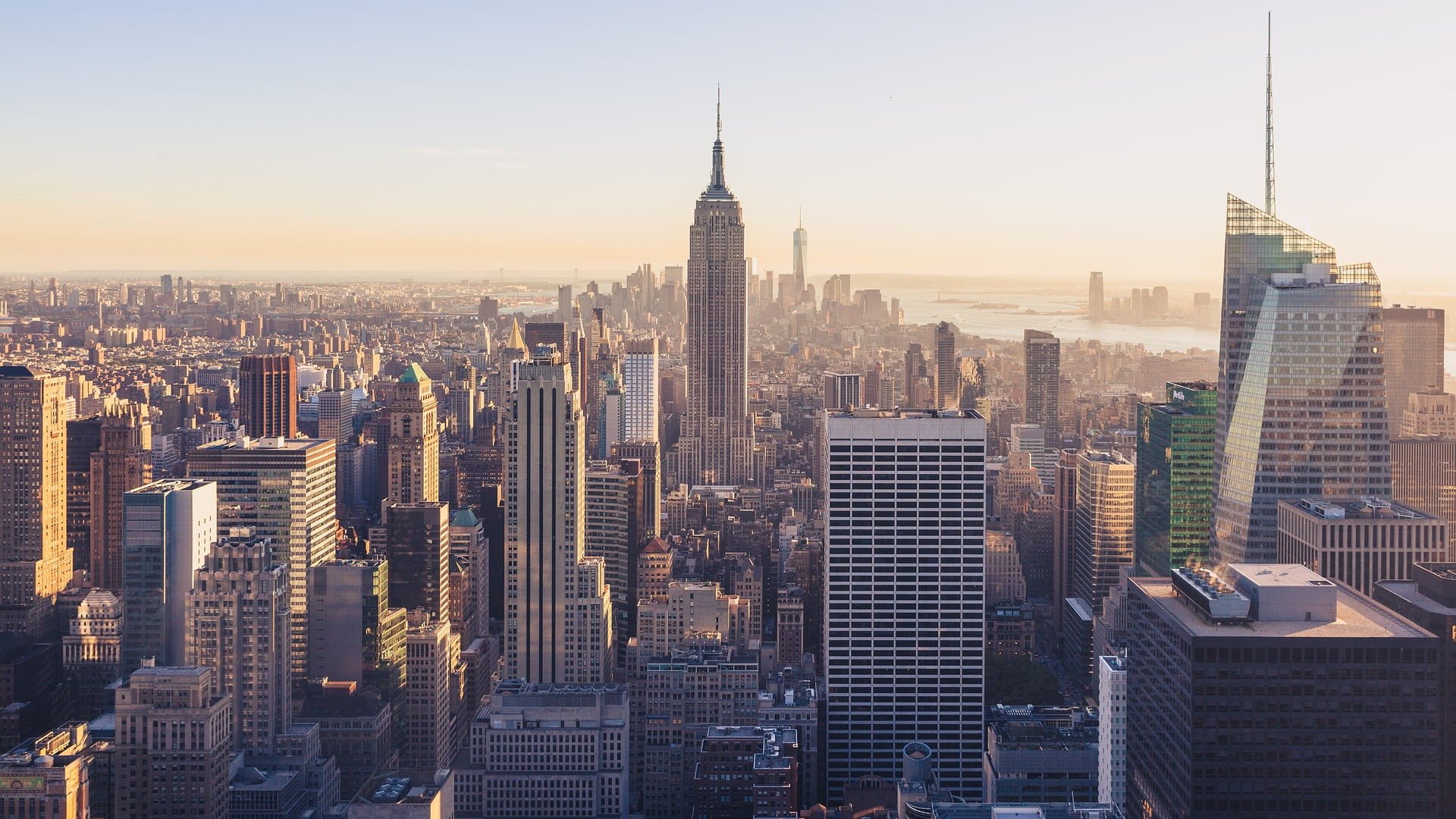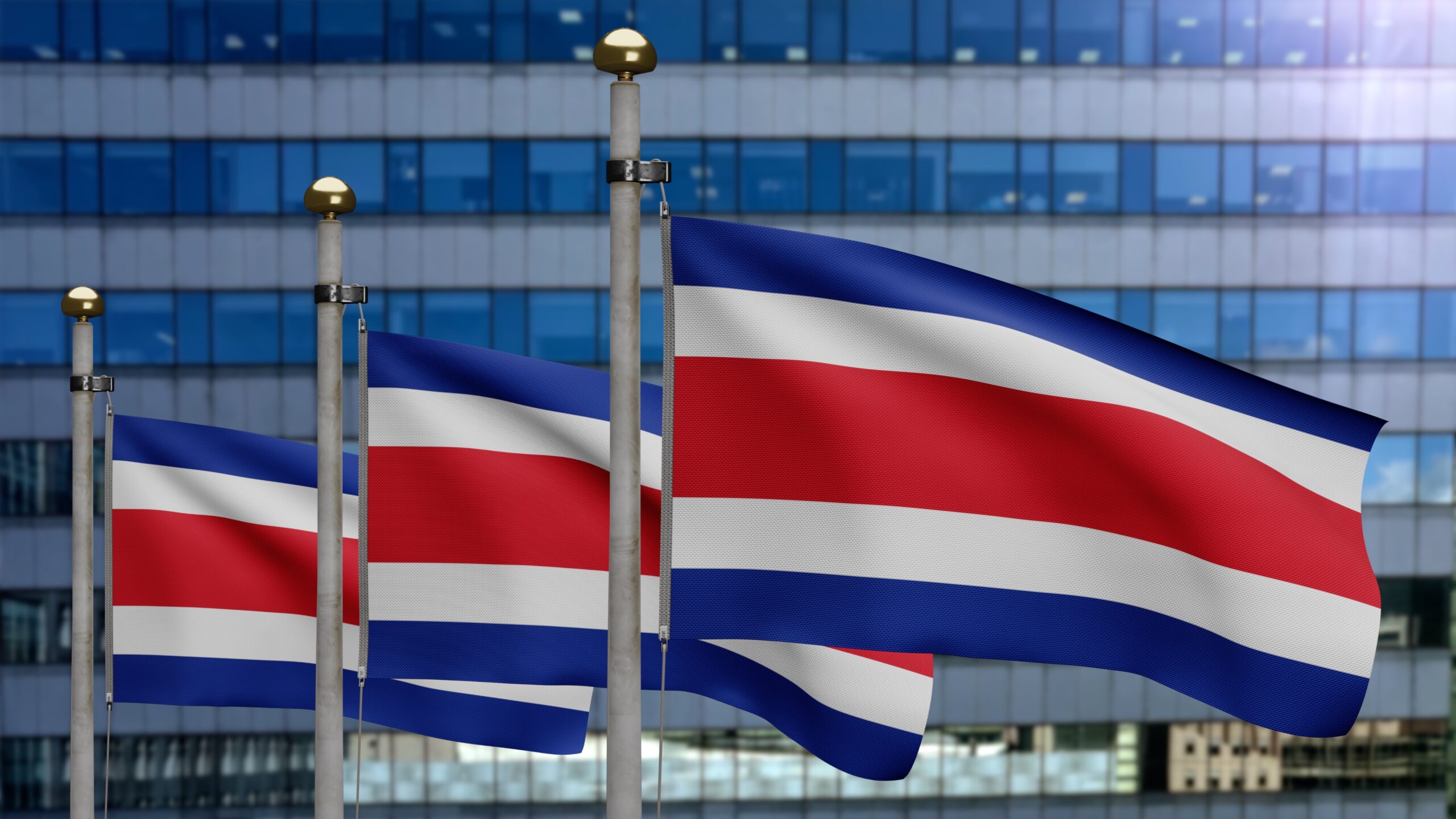Today marks the start of the much-anticipated H-1B Visa lottery for this year. The lottery is the only way to access this popular visa category and provides a chance for hundreds of thousands of people to legally work in the United States. Even with the annual cap limit on the number of H-1B Visas issued, there are still so many talented people who dream of making their mark in the United States and take part in the lottery. Last year alone, a whopping 483,927 registrations were received by the U.S. Citizenship and Immigration Services (USCIS) during the H-1B lottery. While it’s true that not everyone is selected, it’s still an amazing opportunity for those who are. Learning about the H-1B Visa lottery is the first and foremost thing. By following all the correct steps of the procedure, you can increase your chances of success and make your dreams a reality.
H-1B Visa Lottery Filing Process and Timelines with the USCIS
USCIS has begun accepting registrations for the H-1B Visa 2023 lottery today, 1st of March at noon EST and will continue until March 17, 2023, at 12 p.m. EST.
Employers can use the H-1B Registration System, an online portal that enables them to submit a single registration for each beneficiary they sponsor. The registration process is straightforward and cost-effective, requiring a non-refundable $10 filing fee to submit the beneficiary’s information. It’s way simpler and cheaper than filing a full H-1B petition, and remember, the beneficiary should not pay the $10 filing fee.
USCIS will randomly select 65,000 petitions from the regular H-1B cap and 20,000 from the master’s cap, just as they have done in previous years.
Excitingly, USCIS will notify the selected candidates by changing their registration status to reflect the winners on or before March 31. Assuming your petition is selected, the soonest possible date to submit your full H-1B application package would be April 1st, 2023.
H-1B Lottery Chances of Being Selected
While setting the expected probability of being selected can be challenging, we can still estimate based on previous years. In the FY 2022 lottery season, there were 483,927 petitions submitted for only 65,000 designated visa slots, resulting in approx 13% chance of selection. Keep in mind that there were 6,800 petitions set aside for Chile and Singapore, so the odds were slightly lower. However, in the prior H-1B lottery season (FY 2021), there were somewhat fewer petitions received, increasing the chance of selection for applicants. Don’t forget that if you qualify for the advanced degree exemption, you have an even higher chance of selection since you are entered into both pools (bachelors and masters).
H-1B Visa Alternatives
The H-1B Visa program is an essential part of the U.S. immigration system, allowing foreign workers to fill specialty occupations in the U.S. However, due to its popularity, the H-1B Visa is subject to an annual lottery, meaning that employers often struggle to secure a visa for their desired employee. As such, if you are not able to secure an H-1B Visa, there are alternatives you can consider.
OPT for F-1 Students
As an F-1 Visa student in the U.S., you have the option to apply for Optional Practical Training (OPT) for 12 months. This provides you with an opportunity to remain in the U.S. on a student visa and apply for the H-1B lottery again the following year. Please remember to check with your university if the OPT applies to your course.
STEM (Science, Technology, Engineering, and Mathematics) students have an added advantage. If you have a STEM degree and have selected the 12-month OPT, which is about to expire, you may apply for an additional 24-month extension to your OPT. This extension allows you to remain in the U.S. for a total of three years after graduation.
H-1B Cap Exempt Jobs
One alternative is to choose an employer that falls into one of three exemption categories, including higher education institutions, non-profit organizations associated with higher education, and non-profit or government research organizations. Even for-profit companies can qualify if they’re hiring someone for specialty occupation services to be provided to an approved non-profit.
The O-1 Visa
It is a great alternative to the H-1B Visa as it is not subject to the H-1B lottery, and can be used to stay in the U.S. for up to three years. This non-immigrant visa is available to those with extraordinary abilities in the sciences, arts, education, business, or athletics.
The E-2 Investor Visa
Another option is the E-2 Investor Visa, which is designed for investors who are from a country that has a treaty of commerce and navigation with the United States. This visa allows foreign investors to come to the United States and conduct business activities with the intention of generating profit and job opportunities for the U.S. citizens and Green Card holders. Furthermore, the E-2 Visa is also available to essential employees of a US-based business who are also nationals of a treaty country. Those employees
must possess specialized knowledge or skills that are essential to the successful operation of a U.S. business.
The L-1 Visa
Finally, the L-1 Visa is another excellent alternative to the H-1B Visa. This visa is available to those with specialized knowledge of a company’s operations or products and is not subject to the H-1B lottery. However, you must be employed for at least 13 months in your home country by the company that wants to relocate you to the US.
Country-Specific TN & E-3 Visas
The United States has created unique employment visas for individuals from certain countries through trade agreements. These visas are quite similar to the popular H-1B Visa, but only citizens from the respective countries can apply for them. For instance, the TN Visa is exclusively available to citizens of Canada and Mexico, while the E-3 Visa is a great option for Australian nationals looking to work in the U.S.
Each treaty establishing these specialized visas has unique requirements and benefits. In fact, in some cases, these visas might even be a better option than the widely known H-1B Visa.
Overall, there are several alternatives to the H-1B Visa available. Each of these visas has its own unique requirements and eligibility criteria, so it is important to research each option thoroughly before deciding which one is best for you.
Conclusion
To make sure your application process goes smoothly, it’s essential to take all the necessary steps. By staying informed about the various requirements, application fees, and regulations associated with the H-1B Visa registration process, both employers and applicants can avoid delays or rejections.
If you have any questions or doubts, please contact us.
FAQ:
What are the specific H-1B 2023 application deadline dates for the lottery system?
Sponsors can submit H-1B registrations for their beneficiaries through their accounts starting March 1 at 12 p.m. Eastern Time. The USCIS will stop accepting registrations on March 17 at 12 p.m. Eastern Time and change the status of the submitted registrations to reflect the H-1B lottery results on March 31. The earliest date for the H-1B cap-subject petition to be filed is April 1, with a filing window from April 1 to June 30 for cases selected. Finally, beneficiaries of approved H-1B petitions can work as H-1B employees starting from October 1.What are the alternatives to an H-1B Visa if you are on F1 – OPT?
If you are on F1/OPT and you cannot apply for STEM extension, and in addition you were not selected in the H-1B lottery, you can consider: – Cap-exempt H-1B jobs, sponsored by the university or non profit organization; – O-1 Visa – check if you qualify here; – E-2 Investor Visa – if you come from a treaty country – TN Visa (Canadian & Mexican citizens) – E-3 Visa (Australian citizens)What are the chances of the H-1B Visa lottery in 2023?
Although it’s challenging to determine the exact probability of being selected in the H-1B Visa lottery, we can estimate it based on past years’ data. In the FY 2022 lottery season, 483,927 petitions were submitted for only 65,000 designated visa slots, resulting in a selection chance of approximately 13%. However, it’s important to note that 6,800 petitions were reserved for Chile and Singapore, which slightly decreased the odds of selection.
If you would like to discuss alternatives to your H-1B process, schedule a 15-minute free consultation with one of our U.S. immigration specialists. We are here for you!









